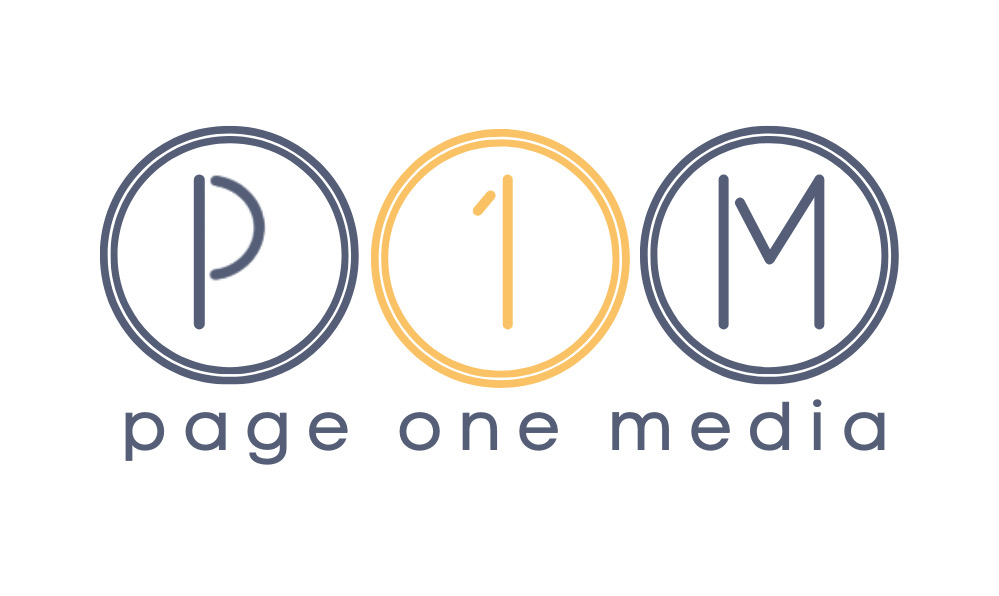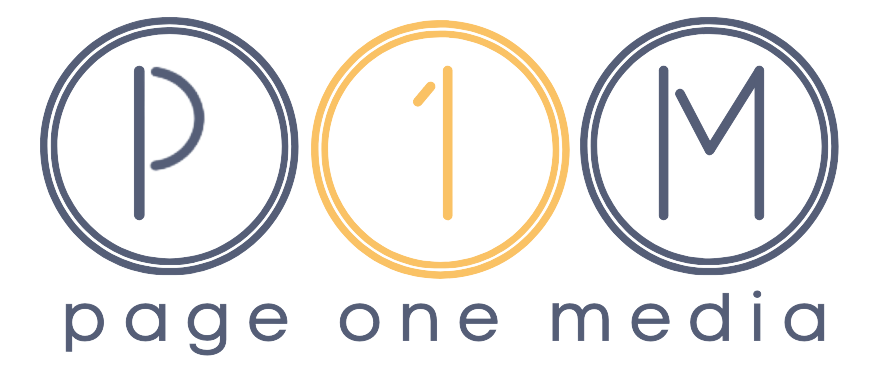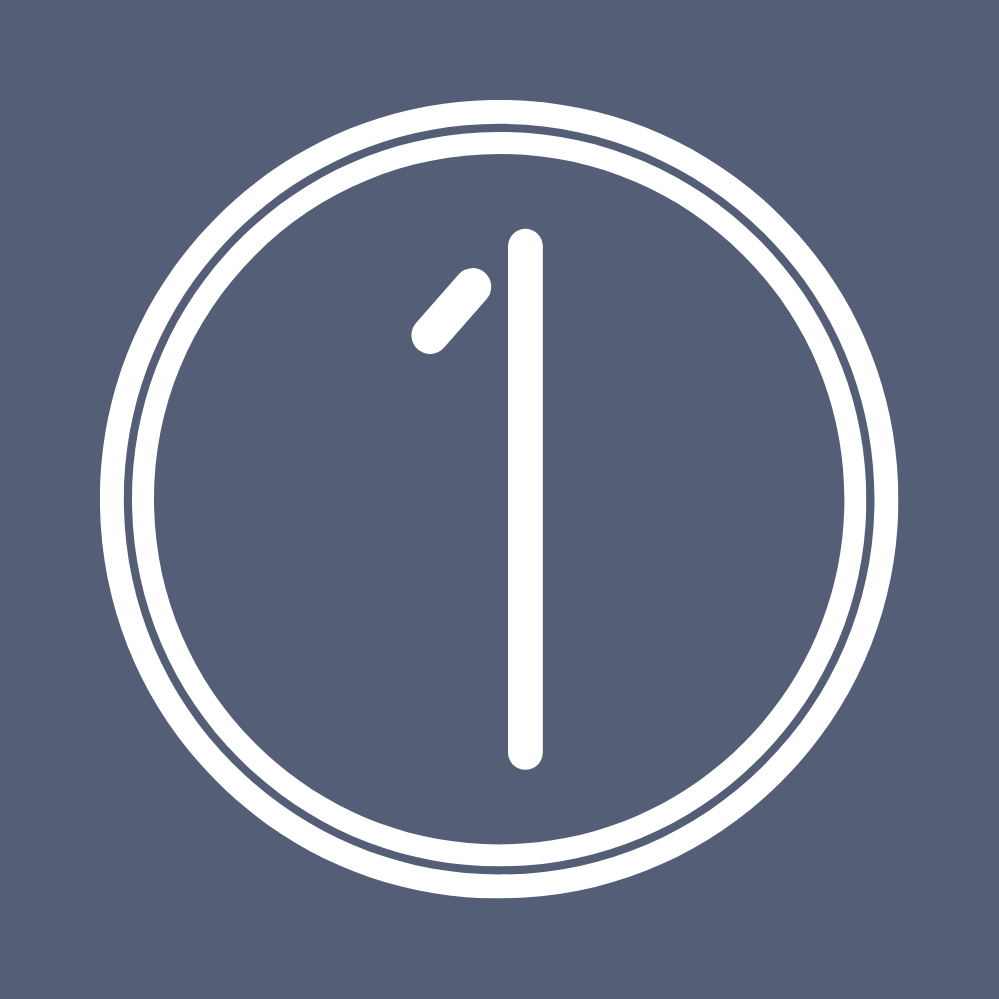
20 Jul How Do You Make a Living as an Author? (Part 1)
By Sarah Russo
I was incredibly fortunate to be invited to teach in the Columbia Publishing Course’s book workshop at the end of June. If you’re not familiar with the Journalism School’s publishing program, it is a summer and fall course, taught here in New York on Columbia’s campus and at Exeter College in Oxford respectively. Young people, most just post bachelor’s degree, but also some career changers, learn a wide and deep overview of how book and magazine publishing works. In the middle of the course, there is a week called Book Workshop, where the students are divided up into publishing houses and create a list of fictional, non-fiction* books to publish by the end of the week. Having never attended one of the publishing programs before I started my career, it was fascinating to watch these incredibly creative young people dream up books that they would want to see published.
What does this have to do with making a living as an author? Well, during the book workshop, the teams had to make up advances for the authors of each book on their list. They weren’t required to build out a P&L but that would have been a really fascinating exercise to put them through. It was very interesting to see their initial budgets for advances. Many were far larger than would ever have been realistic if they were making a real offer for a book.
Making a living as an author has two fundamental streams of income: the advance and royalties.
It won’t come as a surprise to learn that most authors have a day job. The large majority of the authors we work with at Page One Media are professors and academics, journalists, doctors, lawyers, politicians, and deans, experts in a particular field whose book is the result of their work. We also work with novelists. Many of them are creative writing professors, adjuncts, editors, journalists, or work in publishing themselves.
Everyone has heard the stories of novelists who right off the bat manage to land hundreds of thousands of dollars in book deal(s). It happens, that’s true, but it’s akin to hitting the lottery (this article is very doom and gloom about the whole thing but she’s not entirely wrong). It’s important to go in with your eyes wide open so that you can make the best decisions possible for you and your book. What allows you to make the best decisions on how you publish and what you publish, is knowledge and I’m going to give you as much of that as I can in this two-part series.
Most book advances (unless you are a celebrity) fall well under $100,000 and plenty are closer to $3,000 to $25,000. Not much to live on and even for those lucky few who do manage to score six figures you typically have to spread that money over a few years.
If making a living as a full-time author isn’t your goal, there is still important information in this next section for you. I’d encourage you to read through, it won’t take long.
Making the money: Advances, earning out, and royalties
Let’s assume you receive what’s often classified as a “good” deal. Something in the $75,000 – $150,000 range. If you could do that every year, you would be in good shape, right? The problem is, even if you write a book per year, few publishers are going to be willing to publish you every year.
There are very good reasons for this.
The first, and invariably most important, is that bookstores have limited budgets to spend on buying new books. Each month they need to spread that money across a subset of the 30,000 books published that month and choose a very limited number to “buy-in” to their store. If your previous book isn’t selling very well for them, they are going to pass on book two. Not all retailers are the same. The way Amazon buys (on an algorithm) is completely different from the way an independent bookshop buys (hand selected). Amazon also isn’t buying anywhere close to what it used to. Where publishers could have relied on Amazon and Barnes & Noble to take an initial order of 900 and 500 copies of a general interest trade book, respectively, several years ago. Now Amazon will take 50 copies of that same book and Barnes & Noble may not order any until they see confirmed publicity.
The second reason is because publicists can’t get your book covered by the media each and every year. I will also add, year on year publicity for an author generally reduces if they are publishing too frequently. The media seems to fatigue of authors who publish constantly. This remains true whether an author is of a high profile or not, in my experience. But Nora Roberts you say! Sure, there are authors who publish multiple books each year. Those authors have such a tremendous fan base that things like reviews and getting on “Fresh Air” cease to matter and you’re not seeing reviews of every one of Nora Roberts’s books.
To gain a foothold as an author, you often need media attention for your books. Most media won’t cover more than one book a year. In fact, they often won’t cover the same author within two years of the last book. Ms. Roberts doesn’t need the media to stand up and pay attention to her new books. She has a dedicated fanbase who pre-order her books, check her website religiously to find out when the next book is coming, and buy every book she publishes. With this said, there are some authors who manage to gain a foothold without media attention. They leverage marketing and grassroots interest in their books, they explode on the eBook scene, they attend genre conferences, or create an online community that allows them to reach readers (think Fifty Shades of Grey). But these are the exception, not the rule.
Okay, so back to that $125,000 advance you received. The “advance” money is an advance against your royalties. Meaning you’ve received 50% upon contract and 50% upon delivery of your manuscript to deliver your book to your publisher (or 33% on contract, 33% on delivery, and 33% on publication date or some other schedule your publisher dictates). The publisher is making a bet that they will earn the $125,000 back on your book (and more to recoup marketing, merchandising, interior and jacket design, editing, production, shipping, legal costs, etc.) and after they earn back the advance (you’re not responsible for those other costs) you start to receive royalties.
I’m not going to lay out a P&L (profit and loss) statement here because it’s more than we really need but every book receives one with all of those parenthetical costs above bundled in with your advance. How much your publisher makes on each book is dependent on the format it’s published in (hardcover or paperback, an eBook is a given for almost all books these days, and an audiobook is produced for proportionally very few although they are accounting for more and more sales). Let’s assume you are publishing a hardcover book with an eBook edition. Your hardcover is priced at $25.00 and your eBook at $9.99. I make some broad assumptions here. One is that your publisher is selling your book at 50% wholesale price to retailers. This will be true for some and not for others but it’s a reasonable estimate for the purpose of teaching how you earn back your advance. Similarly, some publishers will pay you a higher percentage of eBook sales, but the industry standard is 25% and that’s what I use here. Many independent presses pay a smaller percentage and very rarely do publishers pay a higher percentage than this. An author’s hardcover royalty percentage typically increases with sales. Standard is a 10% hardcover royalty rate for the first 5,000 copies, 12.5% for the second 5,000 copies, and 15% thereafter. That is reflected in the chart below in your cut of sales.
You should also keep in mind, that if you have an agent, once the advance is earned out, they receive 15% of your royalties unless you have negotiated with them otherwise. And they also received a percentage of your advance.
In this chart, I lay out a few sales scenarios. Each row is a different quantity of sales and what you would earn. Remember, you don’t earn any royalties until the publisher has made back their advance. The bulk of your sales will happen in the first year. You also don’t earn a royalty on any returns (TD stands for “to date”).

It is also good to know that eBook sales are typically a fraction of print book sales. After years of increasing percentages of eBook sales compared to print books, that increase leveled off at about 40% which is variable, of course, depending on the type of book. Genre books tend to sell more eBooks as a percentage than say literary fiction or serious nonfiction books.
There are some ancillary ways that your book can help you earn out your advance faster. Things like foreign rights sales, a first serial sale, an organization or university paying your publisher to make the book open access, audiobook rights sale, and licensing deals to a company like Scribd or Kindle Unlimited on Amazon, if you retained those rights.
From the chart above, you can see that it takes a substantial number of sales to earn out your initial advance. You don’t have to be a bestseller necessarily, but you will have to sell tens of thousands of books and eBooks to earn back on a low six-figure advance. The more effort invested on the front end by both you and your publisher, equals a far greater chance for success, earning out your advance, and continued royalty checks as the years go by.
Next month I will continue this post with a section on “What if being an author or making money isn’t your primary goal?” Why the numbers game is still important in that scenario and how you can set yourself up for success.
*”Fictional, non-fiction books” meaning, they create a fake list of books. They all need to be nonfiction books, unless they are creating a list for a children’s book publisher. They cannot create a similar book that is already under contract or out in the world already. For example, they couldn’t propose to publish Barack Obama’s Dreams from My Father. Each book idea needs to be original.


